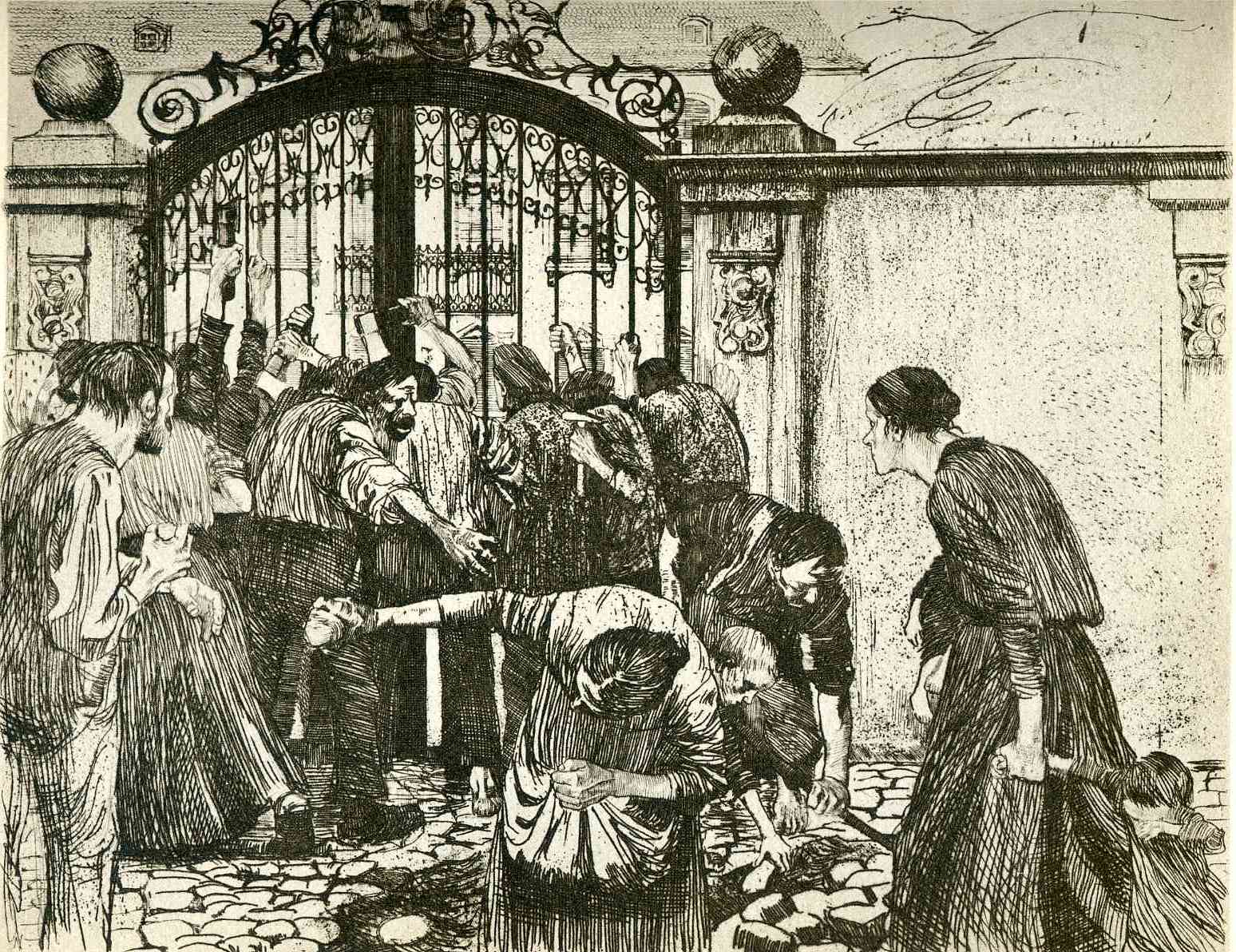Kathe Kollwitz The Weavers. If you come in summer, this is green. In 1891 she married and settled with her husband karl kollwitz in north berlin, a.

In her art, käthe kollwitz, too, occupied herself with the plight of those less fortunate. 81 kerns, martha, feminist press at cuny kathe kollwitz: Etching, 8 3/5″ x 12″
81 Kerns, Martha, Feminist Press At Cuny Kathe Kollwitz:
Peasant war is worked in a variety of techniques. A weavers' revolt cycle depicts the idea of the original story “modernized” to. Kollwitz's aesthetic response to gerhart hauptmann's play about the 1844 german weavers' rebellion resulted in the series the weavers' rebellion, an intimate reflection of the artist's valuation of and affection for the working classes.
Need, By Kathe Kollwitz Was Painted In 1893 In Response To Seeing A Play Called The Weaver.
Whole sheet 13 1/4 x10 1/2 in. Kollwitz' second major cycle of works was the peasant war, which, subject to many preliminary drawings and discarded ideas in lithography, occupied her from 1902 to 1908. The play was based on a historical uprising of silesian textile workers in 1844, in which a group of workers decide their lot is intolerable and rally at the mansion of their employer.
In 1889 Kathe Married Karl Kollwitz, A Doctor Who Worked In One Of The Poor Districts Of Berlin.
Nevertheless, the weavers became kollwitz' most widely acclaimed production. He calls in the military and in the scuffle that results, a stray bullet kills an old man who had opposed the. “if one were to name the quality that distinguishes käthe kollwitz as an artist above all others, it is her character.
Revolt At The Gates, 1897, Kathe Kollwitz, One Of The Weavers Series.
Strike of the weavers, 1899, kathe kollwitz, one of her few paintings. In 1893, kollwitz saw the premier of the play die weber (the weavers) by the poet gerhart hauptmann, an experience which represented a turning point in her career.the play told the story of an 1844 peasant weavers' revolt in which the weavers protested their low wages and horrible living conditions. If you come in summer, this is green.
From Dallas Museum Of Art, Käthe Kollwitz, The End From The Weaver's Revolt (1897), Aquatint And Etching With Sandpaper, 9 3/4 × 12 In
March of the weavers is the fourth plate of six in a series kollwitz called ein weberaufstand (the rise of the weavers).this series proved to be one of the most important works of her early career, as its public display in berlin in 1898 catapulted her to national. She is a remarkable creator driven by her calling to struggle for. Käthe kollwitz achieved instant fame in 1898 when she exhibited a cycle of six prints documenting the weaver’s revolt of 1844 at the great berlin exposition.